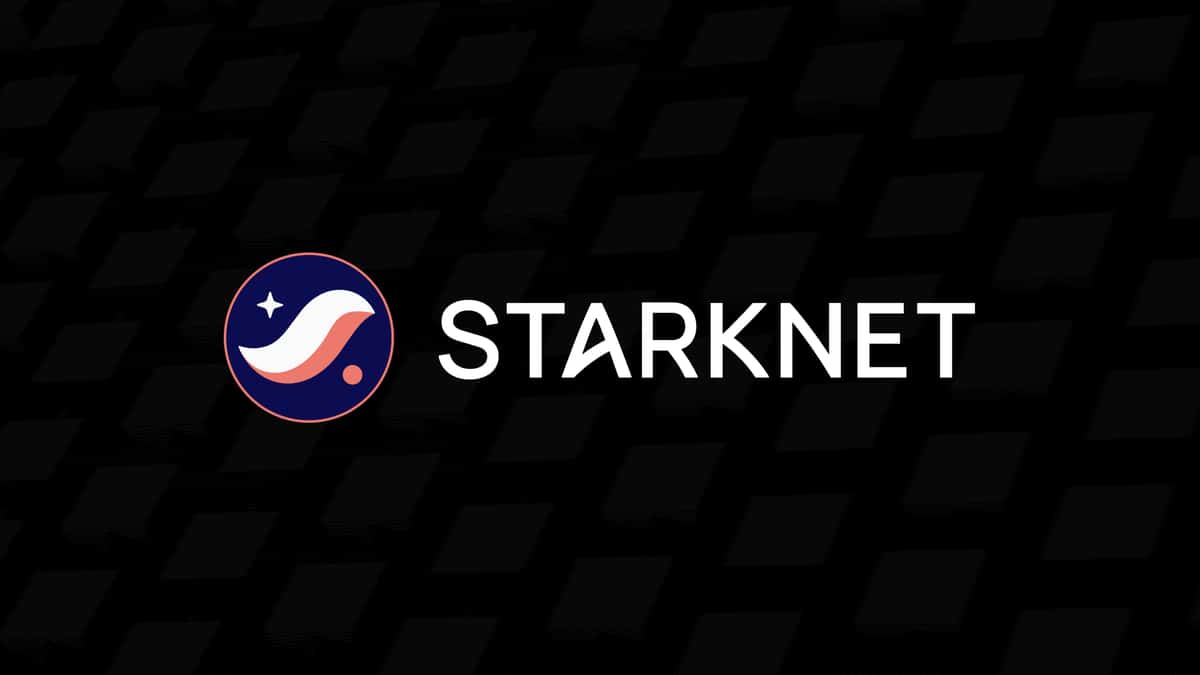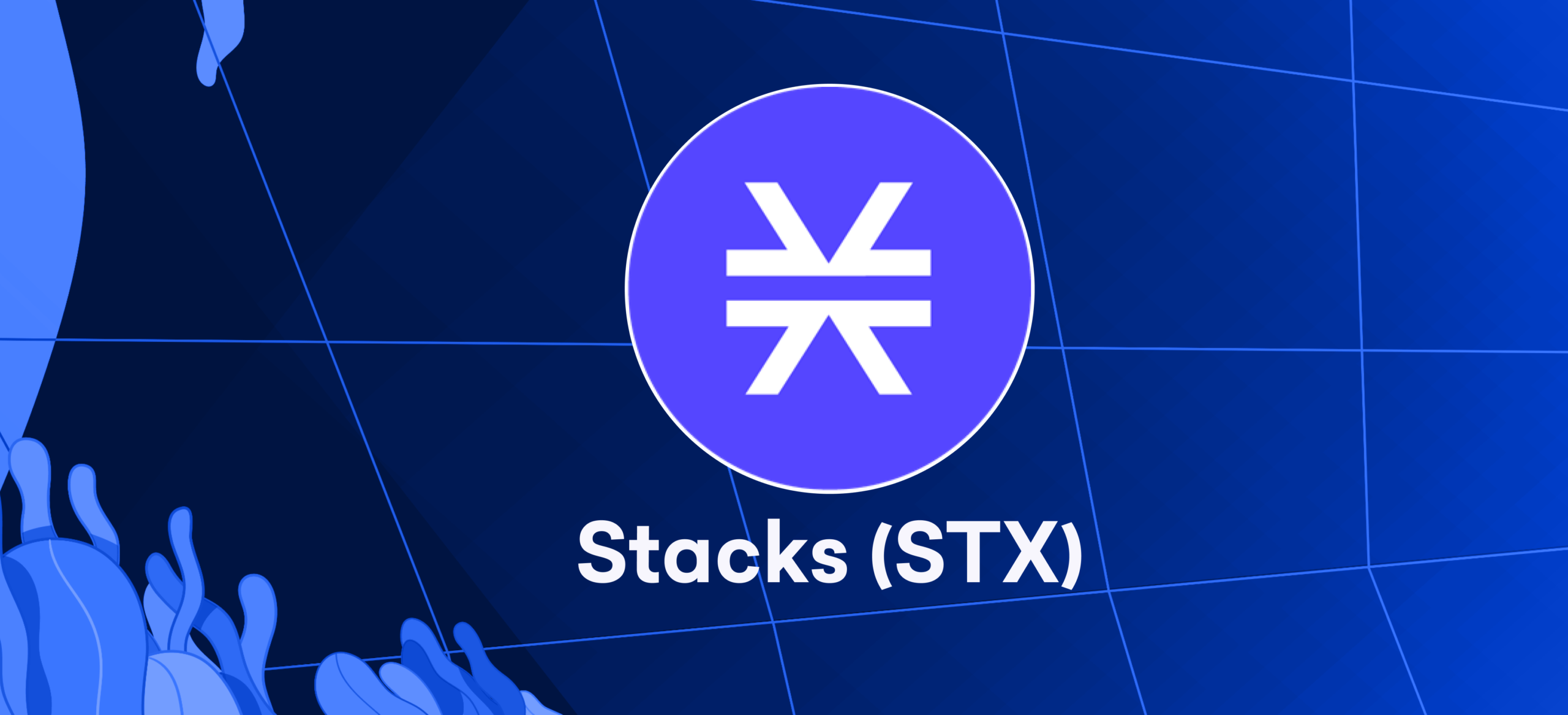
Introduction
Starknet is a Layer 2 scalability solution for Ethereum, known as a Validity Rollup or ZK-Rollup. This is executed through an off-chain process of user transaction processing and later packaging all of these into one proof of STARK that can be computed off-chain.
This proof is then sent to the Ethereum blockchain as a cohesive transaction. In this way, the StarkWare solution radically augments transaction throughput on Ethereum while slashing processing times and costs, facilitating an order-of-magnitude improvement in all three areas while keeping the considerable security inherent in the Ethereum network.
To accomplish this, StarkNet will bring its ecosystem together through a native utility token: the coin consumed by the contract at deployment time with every transaction execution, useful to engage the StarkNet Protocol, and participation in governance processes.
Beyond that, the capability to deploy Starknet Appchains makes it possible to produce bespoke instances of Starknet itself tailored to handling specific applications or sets of applications. These app chains may provide network configurations and the possibility for different features while benefiting only from the solid security and throughput that Starknet gives.

How does Starknet work?
StarkNet is a scaling solution built to enhance the Ethereum Network by pushing processing off the mainnet and providing the same guarantees for integrity and security. Below are the basics of how StarkNet works.
- Batching and Sequencing: In this way, Starknet batches several Ethereum transactions and processes them via a Starknet Sequencer, ensuring that only transactions that are certain to succeed in execution will continue further. As such, its off-chain processing greatly minimizes the overall load on the Ethereum mainnet and speeds up processing.
- Proof Generation and Validation: Afterward, the cryptographic proof is created on those batched transactions. A STARK proof then verifies the correctness and soundness of the batch of transactions it applies to. It rolls up the data so that if errors occur, a STARK-based rollup can locate and correct them.
- Integration with Ethereum: This summary of transaction outcomes (the State Diff) is submitted to Ethereum with proof of its correctness, called the STARK proof. The nodes on Ethereum use smart contract code, Verifier, and Starknet Core to verify the State Diff through its corresponding proof and commit this onto the Ethereum blockchain. Upon successful verification, it consolidates and marks this batch of transactions concluded with the data above.
StarkNet has now optimized transaction handling on Ethereum by processing the batching off-chain and validating them through cryptographic proofs. This is how StarkWare intends to speed up transactions, gaining a quality of security that is both robust and worthy. It also aims to reduce the fees of transactions on Ethereum.

When was the Launch Date of Starknet Token (STRK)?
The Starknet project began in February 2022, and its native token, STRK, was issued only 2 years later. The token airdrop distribution for the Starknet token started on February 20, 2024, with over 700 million STRK tokens. The STRK token has a total supply of 10 billion tokens, and it opened with a starting price of about $2.3877. The STRK token price jumped post-airdrop, which is typical in crypto airdrops.
The Starknet token has countless potential use cases to enable the functionalities of this Stark layer2 network. Among others, one of its key use cases is allowing users to pay gas for their transactions in terms of STRK tokens. In addition, Layer 2 network STRK token holders can engage in governance through direct voting. Alternatively, they can choose to delegate their vote to a trusted representative within the network.
What is the StarkNet token, and how can you use it?
StarkNet has its network cryptocurrency, STRK or StarkNet Token, with which the network’s users make transactions and vote for changes in the blockchain protocol. In November 2022, StarkNet tokens were first released on Ethereum by the shareholders, employees, and independent partner software developers holding them. From November 2023 onwards, we will implement a release of tokens that have been locked for four years.
Is there a Starknet airdrop?
A significant airdrop strategy bolsters Starknet’s dedication to community participation and network decentralization. The Starknet Foundation’s program distributes approximately 1.8 billion STRK tokens to encourage network adoption and reward active players.
A key component of this plan is the “provisions committee,” which allocates 900 million STRK tokens transparently and equally. The method strives to share ownership and recognize efforts. It actively supports measures to incentivize network transactions and promote DeFi activities.
Who are the masterminds behind Starknet’s innovation?
One of the companies scaling a layer-2 solution was StarkWare Industries, an Israeli blockchain firm. The technologies with scaling on a layer 2 solution are from StarkNet. In February 2022, the scaling of the capability provided by a layer-2 solution was over after StarkNet launched a product on top of it.
But way earlier than Starknet, StarkeWare Industries launched a solution called StarkEx, which was again a permissioned network for special types of dApp development. StarkWare Industries was to self-own and interlink all of these. Until February 2024, StarkWare had accumulated around $1.2 trillion worth of trading and held $832 million in TVL.
What advantages does Starknet offer?
StarkNet differs from other ZK rollups, such as zkSync, in that it is not strictly a “zkEVM.” You can write smart contracts for popular Ethereum dapps like Uniswap and OpenSea without using StarkNet’s programming language, Cairo. You can also use other languages to write these contracts.
That is an outstanding new optimization brought to you by Cairo: a powerful rollup with best-in-class zk languages. With StarkNet, you can realize all the possibilities available on EVM and much more since the computations are far cheaper. This creates new possibilities that weren’t possible on blockchains, such as true blockchain games!
As Cairo is a new language for StarkNet development, developers who hope to start StarkNet coding probably delay their coding since they have to study Cairo. A “transpiler,” like Nethermind’s Warp, can convert smart contracts written for Ethereum into Cairo. However, these transpiled contracts won’t be optimized for StarkNet.
Potential Risks Associated with Starknet
However, Starknet, as a general-purpose ZK-Rollup, has some potential risks from its current structure and operational model. One risk presents itself with a completely mentioned sequencer; additionally, there is no mechanism for its inclusion in sequencer failure or censorship cases.
Once submitted to the state root publication, a failure of the proposer for an allowed listing system may lead to a frozen withdrawal. Strength lies in robust state validation through zkSTARKs. People consider the system complex by some measures and see it as reliant on successfully implementing cryptographic proofs. Its failure in this regard would be an exceptionally significant issue.
Such centralization of the operational layers over permissioned addresses in the Starkware architecture discloses crucial points and vulnerabilities that may lead to system fragility. And it introduces unnecessary risk because such governance acts might be against the interests of those same communities. It becomes vivid when trying to solve problems one by one throughout time.
Conclusion
Starknet’s Layer2 network efficiently helps mitigate Ethereum’s load and brings scalability. It helps accomplish multiple transactions in parallel and reduces the cost. This, in turn, will likely pull in more users and help this blockchain disrupt conventional industries worldwide. The team’s recent funding announcement is just in time to place its STRK token at the very forefront among the hardest-hitting and most efficient layer2 networks over Ethereum.








